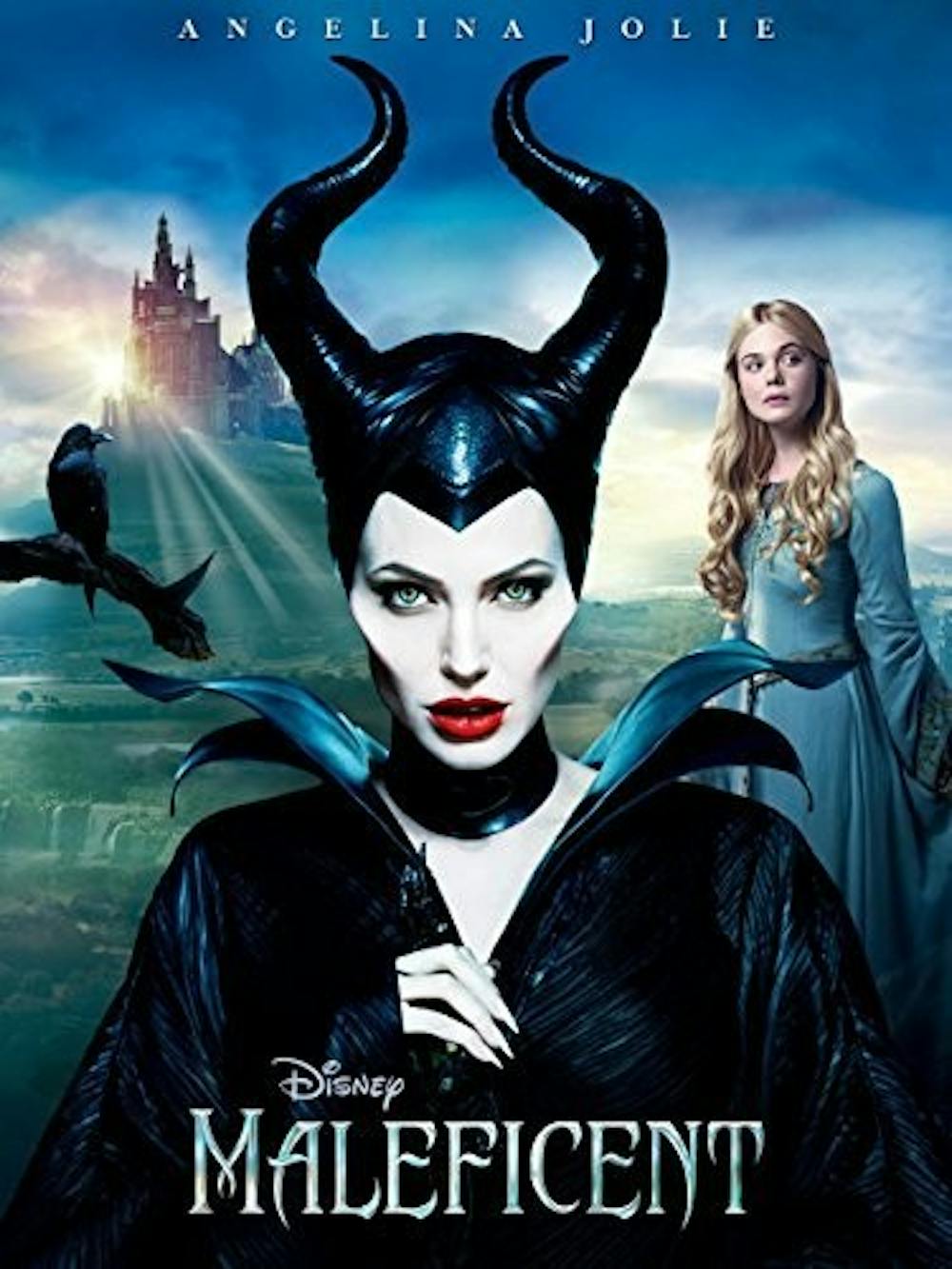Far-off places, daring sword fights and a prince in disguise: All somewhat standard elements of a classic fairytale. Those timeless Disney storylines always start with a girl who is just a little bit off or a little bit incomplete. She’s struggling to find her niche in the world. So she makes a change, whether it’s going to a ball for the night, running away from home or even becoming a soldier in an all-male army. Along the way, she will probably stumble upon a handsome prince and get into some trouble, but in the end, it’s always a happily ever after.
Or so we thought.
For the past 77 years, beginning with the release of "Snow White and the Seven Dwarfs," the Walt Disney Company has kept audiences entertained with stories like these. They are the stories little girls dream about coming true and tales that convince them magic is real. But even after years of success, Disney has decided to change all that.
I’m not talking about the studio creating new princesses and story lines like “Frozen.” I’m talking about Disney messing with the stories we already know and love. First, they brought Snow White back with “Mirror Mirror” in 2012, and recently, they took Sleeping Beauty and twisted it into “Maleficent,” released in 2014.
Disney is now set to release even more versions of stories from the past. Within the next two years Disney is due to produce new versions of “Cinderella,” “Beauty and the Beast” and “Peter Pan.” What I’d like to know is why? As many have been taught, if something isn’t broken, you shouldn’t fix it.
It’s likely that Disney is trying to change its image due to critics who think the old stories teach girls to only want a husband out of life and expect a man to save them. It’s clear the company is already trying to be more politically correct by introducing new princesses from different ethnic backgrounds, which is one of its better ideas.
But, ever since I was a toddler, I have known that Maleficent is evil and Aurora is supposed to be awoken by a prince. I have watched Disney films over and over, quoted them incessantly and sung the songs until my voice was hoarse. The stories didn’t cloud my judgment or teach me to rely on men or give me unrealistic expectations. They’re called fairy tales for a reason; they allow our imaginations to grow wild. What’s wrong with that?
Perhaps the most upsetting part is that Walt Disney himself didn't believe in revisiting old ideas. He said he would rather come up with a new concept than make a sequel to one of his pictures. He talked about this ideal when he announced the Walt Disney World project, explaining that the new park wouldn’t merely duplicate Disneyland.
While Disney is multi-generational, kids from the '90s like me, who were little when VHS was a big deal, are especially attached to the music and magic of these movies. With the stories being recreated, kids of the future might grow up with distorted ideas of how the stories were written.
By messing with the films I knew growing up, I can’t help but feel that Disney is messing with my childhood. It’s great that they’re keeping the old characters alive, while also adding new ones, but this isn’t the way to change the mold.
Reach the reporter at bridget.dowd@asu.edu or follow @bridgetbernice on Twitter.
Like The State Press on Facebook and follow @statepress on Twitter.






